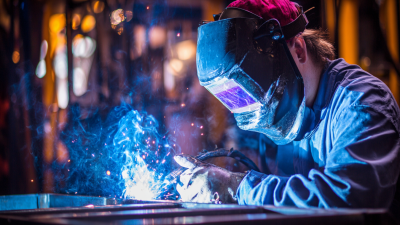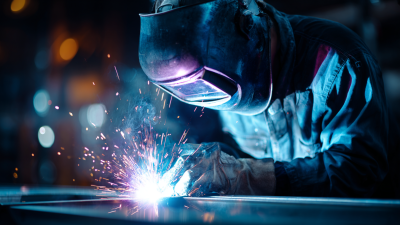In the ever-evolving landscape of modern manufacturing, the advent of advanced technologies is reshaping production processes, with the Saw Welding Machine leading the charge in efficiency optimization. According to a report from the International Federation of Robotics, the integration of automation and machine intelligence can enhance productivity by up to 30%, making it imperative for manufacturers to adapt. The Saw Welding Machine not only streamlines operations but also significantly reduces waste, cutting energy costs by an estimated 25% as noted in the Manufacturing Efficiency Index 2023. As industries face increasing pressures to improve output while minimizing expenses, the role of innovative machinery, particularly the Saw Welding Machine, becomes crucial. Embracing these advancements is no longer an option but a necessity for companies aiming to thrive in a competitive marketplace.
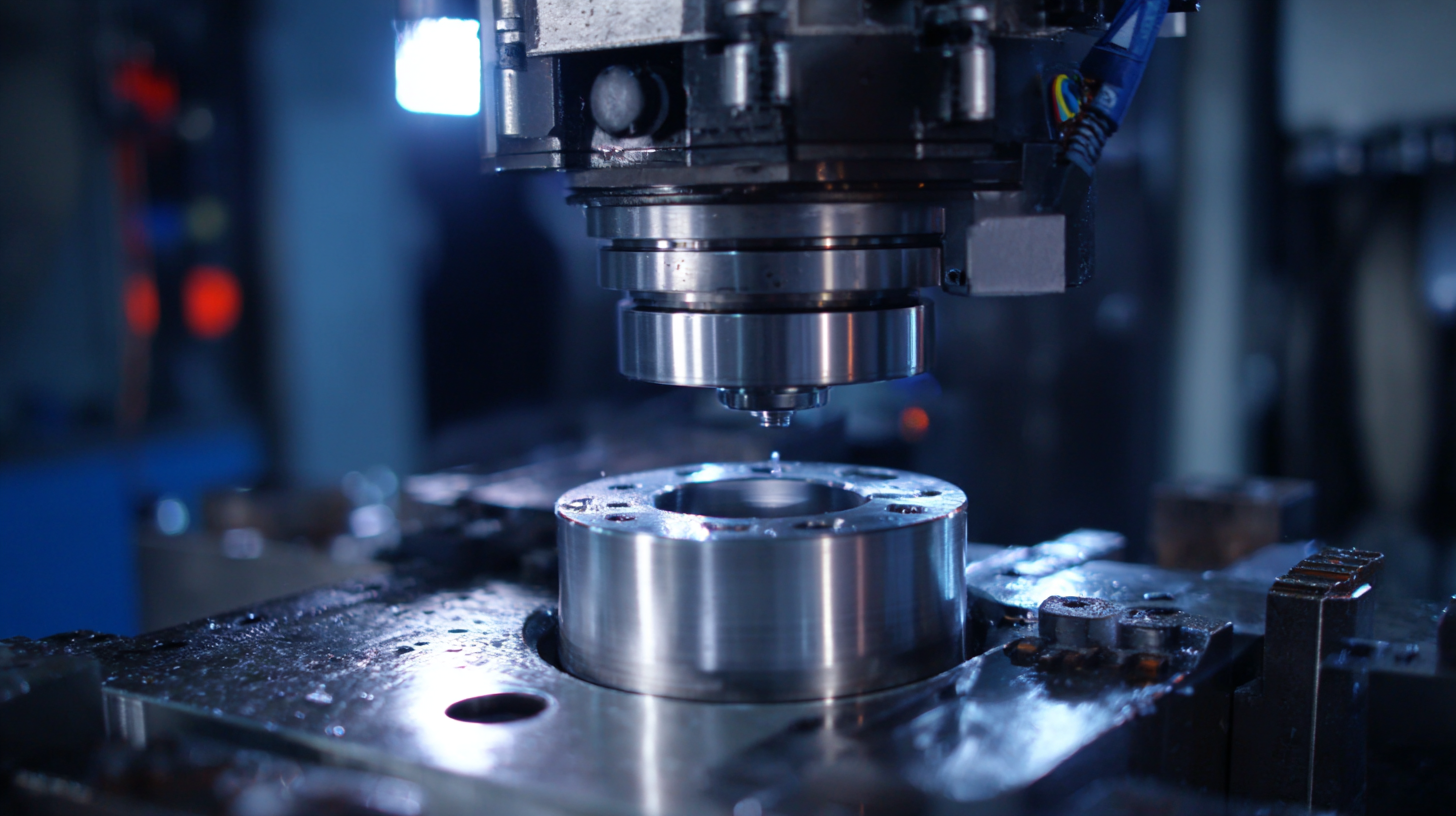
The manufacturing sector is on the brink of significant transformation, particularly with advancements in saw welding technology. As industries increasingly adopt automated solutions, saw welding machines are evolving to not only enhance productivity but also improve precision. According to a recent report by Research and Markets, the global market for advanced welding technologies is projected to reach $27 billion by 2025, indicating a strong demand for efficient processes in manufacturing environments.
Future trends in saw welding technology focus on integration with IoT and AI, enabling manufacturers to gather real-time data for monitoring and optimizing operations. These innovations allow for predictive maintenance, reducing downtime and minimizing costs. Companies utilizing advanced saw welding machines have reported efficiency gains of up to 30%, as highlighted in a study by the American Welding Society. As industries look to optimize processes, leveraging the latest saw welding advancements will be crucial for maintaining a competitive edge.
Tip: To maximize the benefits of new saw welding technology, manufacturers should invest in staff training. Ensuring that your team is adept at using these advanced systems will enhance productivity and reduce the likelihood of errors.
Another important consideration is the choice of materials. Utilizing high-quality alloys can significantly improve the effectiveness of saw welding processes, enhancing both strength and durability of the finished product.
When considering modern saw welding machines, several key features define their efficiency and capability in contemporary manufacturing. Firstly, automation technology stands at the forefront, allowing for faster, more precise operations. Machines equipped with advanced sensors and computer numerical control (CNC) systems enhance accuracy while minimizing human error, increasing overall productivity. This automation not only streamlines workflows but also reduces operational costs, making it a significant factor for businesses seeking competitive advantages.
Another essential feature is the machine's adaptability to various materials and thicknesses. Modern saw welding machines should have the capacity to handle diverse metal types, from thin sheets to thicker constructions, without compromising the quality of the weld. Versatility in application means manufacturers can undertake a broader range of projects, catering to specific client needs or switching between tasks with minimal downtime. Additionally, features like adjustable welding speeds and temperatures can further enhance flexibility, allowing for tailored operations that meet the demands of different welding tasks efficiently.
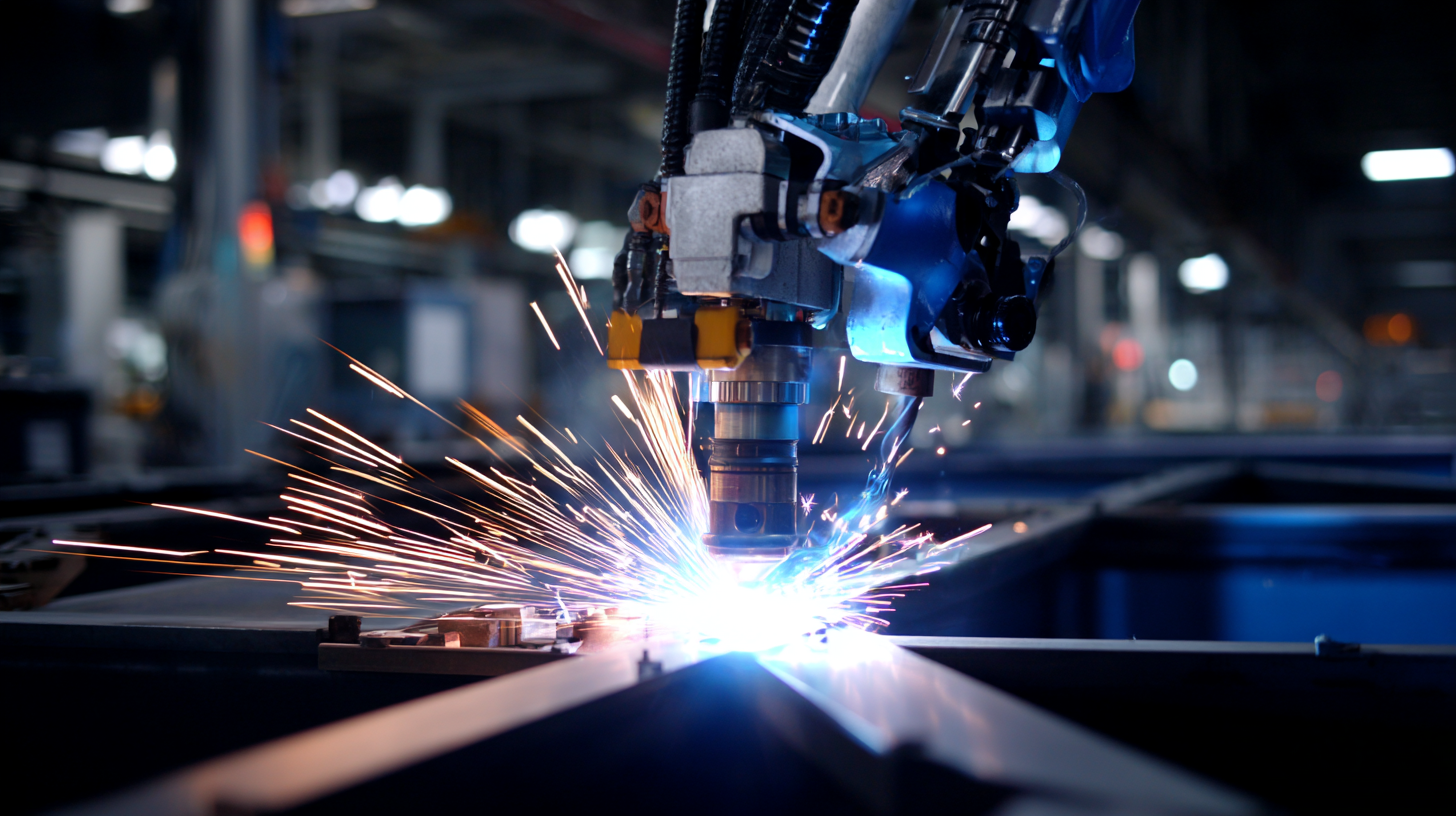
The implementation of saw welding technology in modern manufacturing is transforming production lines, enhancing efficiency and precision. To integrate this cutting-edge method into your operations, consider the following step-by-step guide.
First, evaluate your current production setup. Identify the areas where saw welding can streamline operations, such as welding joints or fabricating parts. Next, ensure your team is equipped with proper training and understanding of saw welding techniques. Investing in virtual training can help bridge the skills gap among employees, allowing them to effectively operate new machinery and adapt to technological advancements.
Tips: Start small by incorporating saw welding into a single production line before scaling up. This allows you to assess the benefits and make necessary adjustments efficiently. Additionally, document the process to refine best practices and share insights with your team, which can lead to further enhancements in productivity and safety. Keeping an eye on technological trends, such as the role of AI in manufacturing, can also provide additional ideas to optimize your production strategy.
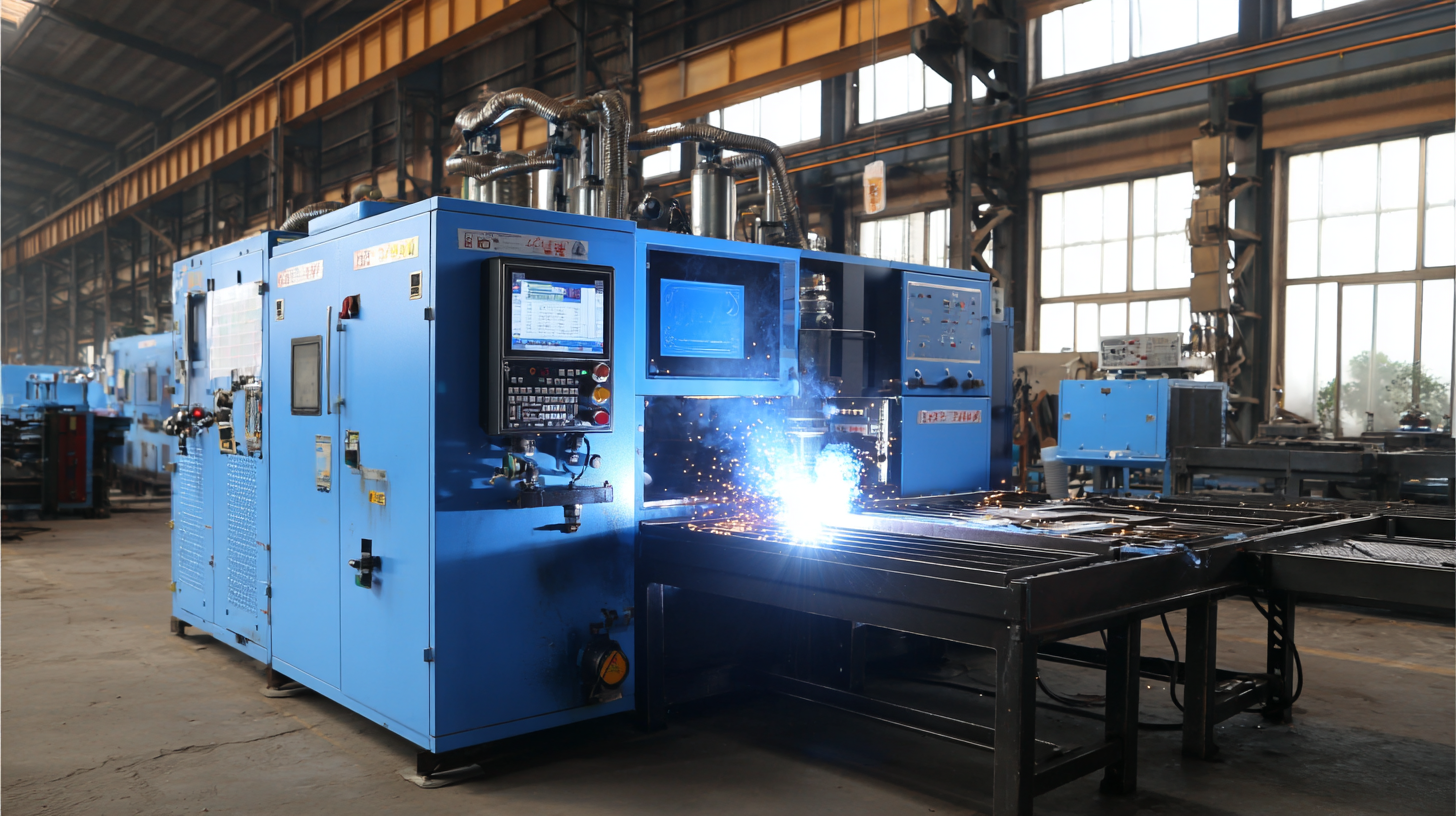
The landscape of saw welding techniques has undergone significant transformation, particularly with the advent of next-generation technologies that promise enhanced efficiency and precision. Traditional saw welding, while widely used, often falls short in terms of speed and energy consumption, leading to increased operational costs and longer production times. According to a recent market analysis by Allied Market Research, the global automated welding systems market is projected to reach $22.8 billion by 2027, driven primarily by advancements in automation and robotics that are taking over conventional methods.
In contrast, next-gen saw welding techniques leverage cutting-edge technologies like laser welding and advanced computer numerical control (CNC) systems. These innovations enable manufacturers to achieve tighter tolerances with reduced material waste, which is increasingly important as industries face pressure to minimize environmental impact. A report from Grand View Research indicates that companies implementing next-gen welding solutions can enhance production efficiency by up to 30%, while also lowering energy consumption by 15-25%. As manufacturers seek to streamline processes and meet rising demand, the transition from traditional to next-gen saw welding techniques represents a critical step forward in modern manufacturing.
This chart compares the efficiency of traditional vs. next-generation saw welding techniques in modern manufacturing. The next-gen saw welding shows a significant increase in units produced per hour, highlighting its potential to revolutionize manufacturing processes.
Maintaining and optimizing saw welding equipment is crucial for maximizing efficiency in modern manufacturing. Regular maintenance practices, such as routine inspections and timely replacements of worn parts, play a vital role in preventing unexpected downtimes. Implementing a preventive maintenance schedule that includes lubrication, calibration, and cleaning can significantly extend the lifespan of the machinery and ensure consistent performance.
Moreover, optimizing settings such as speed, temperature, and feed rates can enhance the quality of welds and reduce material waste. Technicians should be trained to understand the specific requirements of different materials and the impact of adjustments on welding outcomes. Utilizing advanced technologies, such as IoT sensors and data analytics, can provide real-time feedback and predictive maintenance alerts, further improving efficiency and reducing operational costs in the long run.

